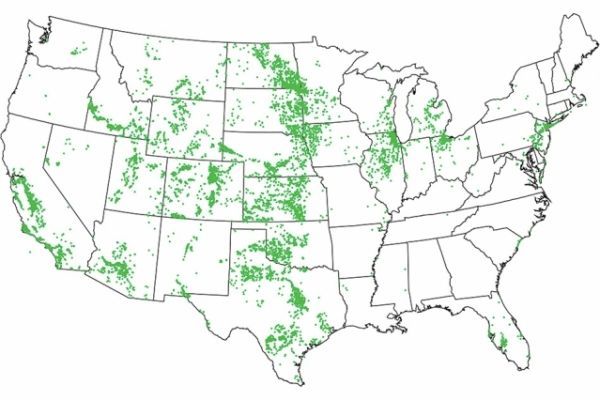New research suggests there’s a large untapped resource for many of the increasingly water-limited regions of the U.S. and around the world: brackish groundwater, which, in theory at least, would require much less energy to desalinate than seawater.
The amount of brackish groundwater in the United States is about 800 times greater than the total amount of groundwater withdrawn nationwide for all uses, according to a U.S. Geological Survey study. So, using even a fraction of that resource could dramatically improve the prospects for water-starved communities, especially as potable water becomes more scarce, as climate change models predict. While about a fifth of the nation’s water supply comes from fresh groundwater, less than 1 percent currently comes from brackish groundwater.
The findings, based on analysis of a massive dataset of water samples from around the country, appears in the journal Water Research, in a paper by Yvana Ahdab SM ’17, an MIT graduate student, with John Lienhard, the Abdul Latif Jameel Professor of Water and Food, and three others.
Read more at Massachusetts Institute of Technology
Image: Based on measurements taken at more than 100,000 wells around the country, the MIT researchers identified these locations, indicated by green dots, that have a combination of a severe shortage of freshwater, and a large reserve of brackish groundwater that could potentially be desalinated and used. CREDITS: Courtesy of the researchers


